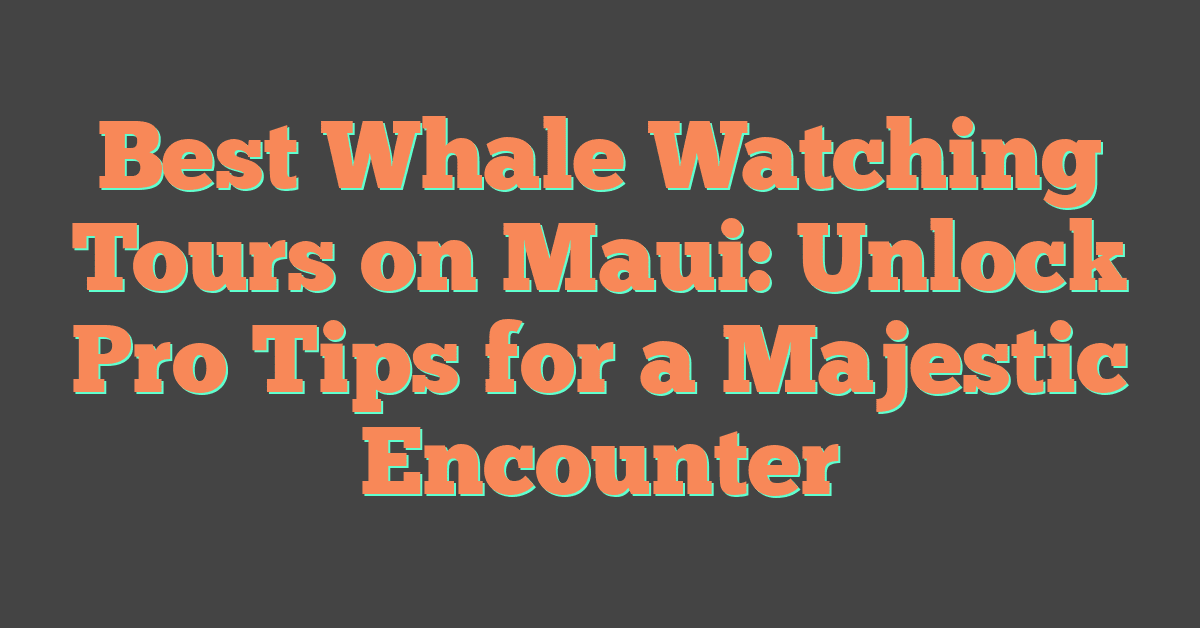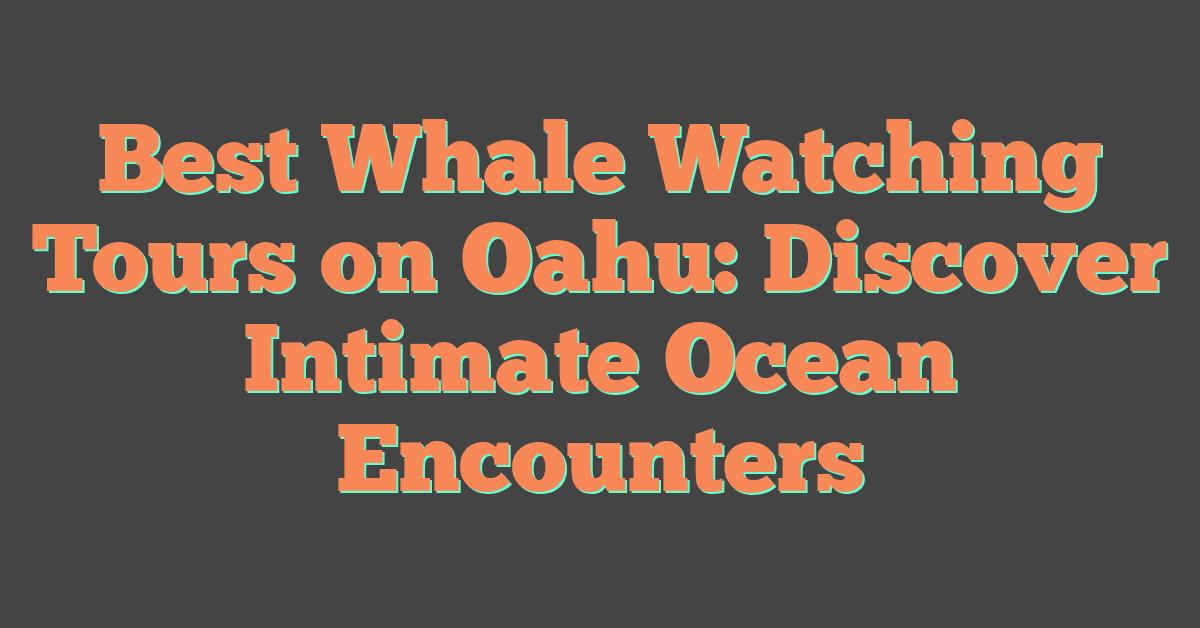Waikiki Beach sits on the south shore of Oahu in Honolulu. Here, golden sand, gentle surf, and city convenience come together in one destination.

You can swim, relax, and explore world-famous attractions, all within walking distance. Waikiki’s history stretches from Hawaiian royalty to modern tourism, making it one of Hawaii’s most recognized and visited spots.

Kuhio Beach offers calm waters, while the lively shoreline near Duke Kahanamoku Beach has its own unique energy. Landmarks, hotels, and dining options line the coast, so you can easily move from the beach to the city.
This guide helps you learn about Waikiki’s past, discover its distinct beaches, and pick up tips for the perfect visit. Start here to find everything you need to enjoy Waikiki Beach like a local and a guest.
Waikiki Beach Overview and History
Waikiki Beach sits on the southern shore of Oahu. Calm waters, scenic views, and a lively urban backdrop surround the area.
Diamond Head crater frames the shoreline. Waikiki blends natural beauty with a long history that connects Hawaiian royalty, cultural traditions, and modern tourism.
Location and Setting
Waikiki Beach is in Honolulu, the capital of Hawaii, on the island of Oahu. It stretches for about two miles and includes several smaller beaches, such as Fort DeRussy Beach, Kuhio Beach, and Queen’s Surf Beach.
The beach faces south, so gentle waves make it ideal for beginner surfers. Offshore reefs protect the shoreline, creating calm swimming areas near the sand.
From the beach, you can see Diamond Head to the east, a volcanic crater and one of Hawaii’s most recognized landmarks. Kalakaua Avenue, the main street behind the beach, is lined with hotels, shops, and restaurants.
You can easily explore the area on foot. For more details about its layout, visit this section-by-section guide to Waikiki Beach.
Waikiki’s Cultural Significance
Hawaiian royalty, including King Kamehameha I, once used Waikiki as a retreat. The name “Waikiki” means “spouting waters” in Hawaiian, referring to the freshwater springs and streams that once flowed here.
In the 1800s, taro farms and fishponds covered the land. Outrigger canoeing and surfing were common pastimes.
By the early 1900s, Waikiki started to change into a visitor destination. Hotels replaced farmland, and coastal engineering expanded the beach.
Today, hula, canoe paddling, and lei-making traditions continue alongside modern attractions. Learn more in this historical overview of Waikiki Beach.
The Aloha Spirit Experience
Visitors often feel the “Aloha Spirit” in Waikiki. Locals greet guests warmly, and hotels and public spaces often host cultural activities.
Many beachfront events include live Hawaiian music, torch lighting, and hula performances at sunset. These traditions connect visitors to the islands’ heritage.
You can join outrigger canoe rides, take surf lessons, or attend lei-making workshops. These activities let you experience customs that have shaped Waikiki for generations.
For more activities and cultural experiences, see this guide to Waikiki Beach attractions.
Exploring Waikiki’s Distinct Beaches

Each part of Waikiki’s shoreline has its own vibe, activities, and landmarks. You can find calm swimming spots, historic sites, and quieter areas to relax.
Kuhio Beach and Duke Kahanamoku Statue
Kuhio Beach sits near the center of Waikiki. A breakwater and the Kapahulu Groin create calm waters, perfect for families with children.
The bronze Duke Kahanamoku Statue stands here, honoring the Olympic swimmer and surfing pioneer. It’s a popular photo spot.
Nearby, you’ll find shaded benches, picnic tables, and easy access to shops and food stands. Evening hula shows and live music sometimes take place here.
Learn more from this Waikiki Beach guide.
Royal Hawaiian Beach and Royal Moana Beach
Royal Hawaiian Beach lies in front of the historic Royal Hawaiian Hotel. This section is wide and sandy, making it a favorite for beginner surfers.
Next door, Royal Moana Beach offers a quieter experience. It’s smaller and less crowded, so you can find space to relax.
Both beaches have gentle waves and nearby rental stands for boards and umbrellas. Restaurants and shopping spots are close, making it easy to spend a full day at the beach.
See more details in this section-by-section Waikiki guide.
Fort DeRussy Beach Park and Gray’s Beach
Fort DeRussy Beach Park is one of Waikiki’s largest open spaces. Wide lawns, shaded picnic areas, and a sandy shoreline make it less crowded than central Waikiki.
Swimming and stand-up paddleboarding are popular here. The park has restrooms and showers, making it family-friendly.
Gray’s Beach sits just east of Fort DeRussy. Erosion has made it narrower, but its calm waters offer a peaceful spot for wading and enjoying Diamond Head views.
Access Gray’s Beach through the Halekulani Hotel area. More information is in this Waikiki beaches overview.
Kaimana Beach and Sans Souci Beach
Kaimana Beach, near the Waikiki Aquarium, has a relaxed feel. Swimmers and snorkelers like its sandy bottom and gentle waves.
Sans Souci Beach is next to Kaimana and offers calm water and a shallow entry, making it popular with families. Grassy areas nearby are great for picnics.
Both beaches are close to the Kapahulu end of Waikiki, away from the busiest areas. You can enjoy views of the coastline toward Diamond Head and easy access to Kapiolani Park’s shaded paths.
Find more about these beaches in this detailed Waikiki beach guide.
Landmarks, Hotels, and Must-Visit Attractions
Waikiki combines historic landmarks, luxury resorts, and cultural sites with a lively dining and nightlife scene. You can explore famous beachfront hotels, enjoy local food, and visit parks and museums that share Hawaii’s history.
Iconic Hotels and Resorts
Some Waikiki hotels are as famous as the beach itself. The Royal Hawaiian Hotel, the “Pink Palace of the Pacific,” has welcomed guests since 1927 with its pink façade and beachfront location.
The Moana Surfrider Hotel, called the “First Lady of Waikiki,” opened in 1901. It features Victorian architecture and ocean views.
Guests can enjoy afternoon tea on the Moana Surfrider’s veranda or relax under its historic banyan tree. The Halekulani Hotel offers understated luxury with spacious rooms and a calm atmosphere.
Its oceanfront restaurant, House Without a Key, is popular for live Hawaiian music and sunset views. The Hilton Hawaiian Village is one of Hawaii’s largest resorts, with multiple towers, a lagoon, and weekly fireworks shows.
Its size and amenities make it a favorite for families and groups.
| Hotel Name | Notable Feature | Year Opened |
|---|---|---|
| Royal Hawaiian | Iconic pink design, beachfront | 1927 |
| Moana Surfrider | Victorian architecture, banyan tree | 1901 |
| Halekulani | Oceanfront dining, luxury service | 1917 |
| Hilton Hawaiian Village | Large resort with lagoon | 1957 |
Dining and Nightlife Hotspots
Waikiki’s dining scene has everything from casual beachside snacks to fine dining. Duke’s Waikiki is a popular spot for fresh seafood, live music, and its famous Hula Pie dessert.
The Royal Hawaiian Center features restaurants ranging from sushi bars to upscale steakhouses. Evening cultural performances and hula shows are common.
House Without a Key at the Halekulani offers open-air dining with nightly Hawaiian music and hula. Many hotels have rooftop or beachfront bars where you can watch the sunset.
Popular options include the Beach Bar at the Moana Surfrider and the Mai Tai Bar at the Royal Hawaiian.
Parks, Museums, and Historic Sites
Kapiolani Park sits at the eastern end of Waikiki. It offers green space for picnics, jogging, and weekend art shows.
The park is also home to the Honolulu Zoo and Waikiki Aquarium. The Bishop Museum is a short drive away and showcases Hawaiian history, culture, and natural science.
Iolani Palace is in downtown Honolulu and is the only royal palace in the United States. Guided tours take you through restored rooms that once housed Hawaii’s monarchs.
Many of these sites are easy to reach by bus, rideshare, or on foot from central Waikiki.
Tips for the Perfect Waikiki Beach Experience

You can enjoy Waikiki Beach more by planning for the weather, learning how to get around, and following local safety and etiquette tips. These steps help make your trip smoother and more enjoyable.
When to Visit and Weather
Waikiki Beach stays warm all year, with average daytime temperatures between 75°F and 85°F. The driest months are from April to October, while November to March brings more rain and bigger surf.
If you prefer calm water for swimming or paddleboarding, visit in summer. Winter is better for watching skilled surfers ride larger waves.
You will find fewer crowds at sunrise and in the early morning, making it easier to find a spot on the sand. Sunset is also popular, especially along Kalakaua Avenue where restaurants and bars face the ocean.
Pack light layers for cooler evenings. Bring reef-safe sunscreen for daytime comfort.
Getting Around and Accessibility
You can walk to most places in Waikiki, with Kalakaua Avenue running parallel to the beach and lined with shops, dining, and hotels. Many attractions are just a short stroll away, so visitors often leave their cars parked.
Public buses and the Waikiki Trolley connect the beach to nearby sights like Diamond Head and Ala Moana Center. You can also rent bikes and scooters for short trips.
Parking near the beach is often limited and expensive. Choosing a hotel with parking or using rideshare services saves time and stress.
Waikiki Beach offers accessible walkways, ramps, and beach wheelchairs at certain lifeguard stations. This makes it easier for everyone to enjoy the shoreline.
Beach Safety and Etiquette
Lifeguards watch over Waikiki Beach. Swimmers should stay within marked areas.
Strong currents sometimes sweep through, especially near the Kapahulu Groin. High surf can make swimming more dangerous.
Visitors should avoid stepping on coral. This protects marine life and helps prevent injuries.
Use reef-safe sunscreen to keep the water clean for fish and other sea creatures.
Respect personal space on the sand, especially when the beach is crowded. Keep music at a low volume.
Always clean up your trash to keep the beach pleasant for everyone.
Give surfers the right of way in the water. Avoid blocking pathways along the shore.




